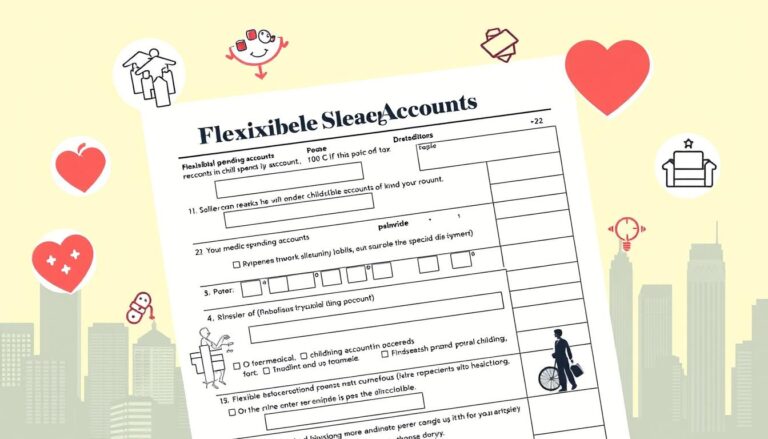Planting trees is a wonderful gift to our planet. But did you know it can also save you money on taxes? Yes, the IRS has rules that reward your efforts in planting trees. You might get tax breaks for tree planting, and even a 10% tax credit for certain costs.
So, if you love gardening, you could also save some cash. It’s a win-win situation for both you and the environment. Let’s explore how your green thumb can also put more money in your pocket.
Key Takeaways
- Planting trees can lead to tax deductions, enhancing your financial returns.
- The IRS offers a 10% tax credit for qualifying reforestation expenditures.
- Accurate expense records are essential for maximizing tax benefits.
- Every dollar donated to tree planting can have a lasting ecological impact.
- Collaboration with professional advisors can optimize your tax advantages.
Understanding Tax Benefits of Planting Trees
Planting trees is good for the environment and can also save you money. Knowing about the tax benefits can help your finances. Let’s look at how you can use the investment tax credit for tree planting and the amortization of reforestation expenses.
Investment Tax Credit for Reforestation
The investment tax credit for reforestation is a big help for landowners. It lets you get a 10% credit on costs for planting trees. Costs that qualify include:
- Site preparation
- Seeds or seedlings
- Chemicals
- Labor for planting new trees
This credit lowers your taxes, helping your wallet while helping the planet. It shows how important it is to grow forests in the United States.
Amortization of Reforestation Expenses
What about the big costs of planting trees? The IRS lets you amortize tree planting costs. You can get back up to 95% of these costs over a seven-year period. This makes managing money easier. Since 1980, this option has helped make sustainable practices more affordable.
Are Planting Trees Tax Deductible?
Planting trees can have tax benefits. These benefits come from qualified reforestation expenditures. This means the direct costs of planting trees on eligible land.
- Land preparation
- Seedlings
- Labor
- Farming tools
Let’s say you spend $2,500 on a tree planting project. You might get a big tax deduction. For example, you could deduct $250 right away. The rest can be spread out over seven years.
Qualified Reforestation Expenditures Explained
Understanding qualified reforestation expenditures is key. Each tree costs $1.50 to $3. Some of this goes to program costs, but you still get a deduction. Plus, donating to causes like Plant a Billion Trees can give you a tax break.
Examples of Tax Benefits
There are more tax benefits for tree planting. For example, donating $10 to The Nature Conservancy plants five trees. This supports over 400 scientists working on ecological projects.
Remember, casualty losses can also be deductible. This includes damage from disasters like hurricanes or fires. By calculating the loss in your property’s value, you can get more tax benefits. Planting trees can help the environment and your taxes too!
State-Specific Benefits and Incentives
State tax incentives for tree planting vary widely. In California, for instance, you can get property tax breaks for fruit and nut trees. This lasts up to four years. It’s a win-win for both the environment and your wallet.
In Alabama, the TEASURE Forest Program has certified 1.8 million acres. It offers help for habitat conservation. Since 1978, landowners have seen their tax bills drop for agricultural and forest lands. These benefits can save you a lot of money.
Alaska’s Kenai River Habitat Restoration Program is special. It gives property tax credits for improving fish habitats. It also encourages community involvement in conservation. Looking into local grants or incentives can save you money and help the planet.








